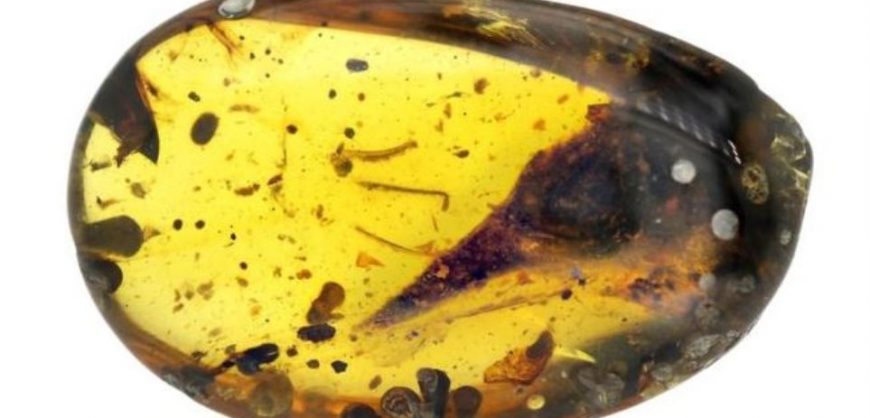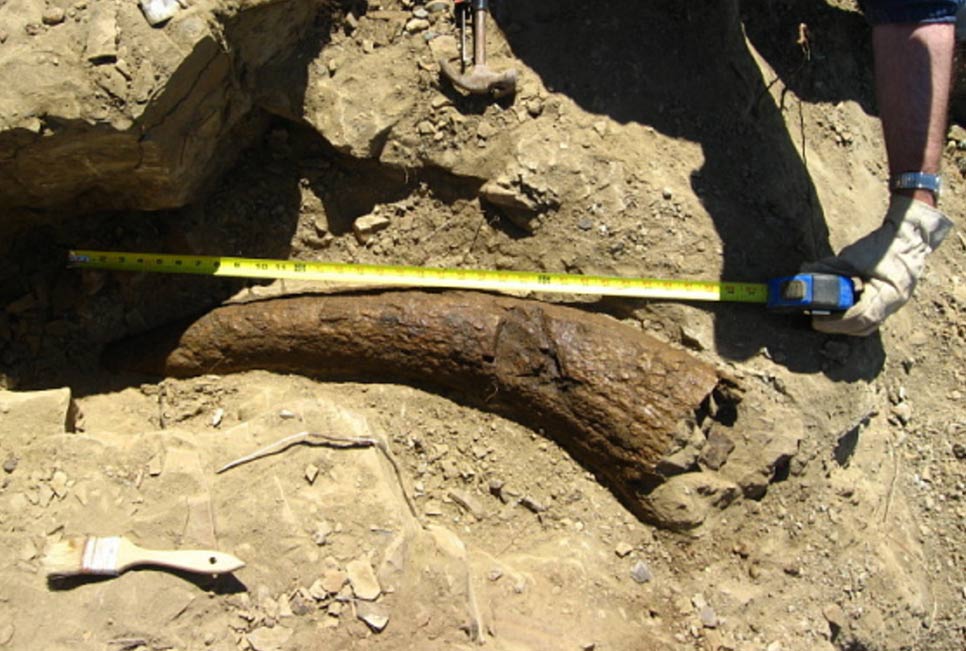For the first time, Senckenberg scientist Mónica Solórzano-Kraemer, together with lead authors David Peris and Kathrin Janssen of the University of Bonn and additional colleagues from Spain and Norway, successfully extracted genetic material from insects that were embedded in six- and two-year-old resin samples. DNA—in particular, DNA from extinct animals—is an important tool in the identification of species. In the future, the researchers plan to use their new methods on older resin inclusions, as well.
The idea of extracting DNA from resin-embedded organisms inevitably invokes memories of the blockbuster “Jurassic Park.”
“However, we have no intention of raising dinosaurs,” says Dr. Mónica Solórzano-Kraemer of the Senckenberg Research Institute and Natural History Museum. “Rather, our current study is a structured attempt to determine how long the DNA of insects enclosed in resinous materials can be preserved”.
Unbelievable video: Fire devil throws tree trunk towards fire-fighters in Vilia! (video)
To this end, lead author Dr. David Peris of the University of Bonn, the amber researcher from Frankfurt, and researchers from the Universities of Barcelona and Bergen and the Geominero Museum (IGME) in Valencia examined the genetic material of so-called ambrosia beetles that were trapped in the resin of amber trees (Hymenaea) in Madagascar.
Read more: archaeology news network






































